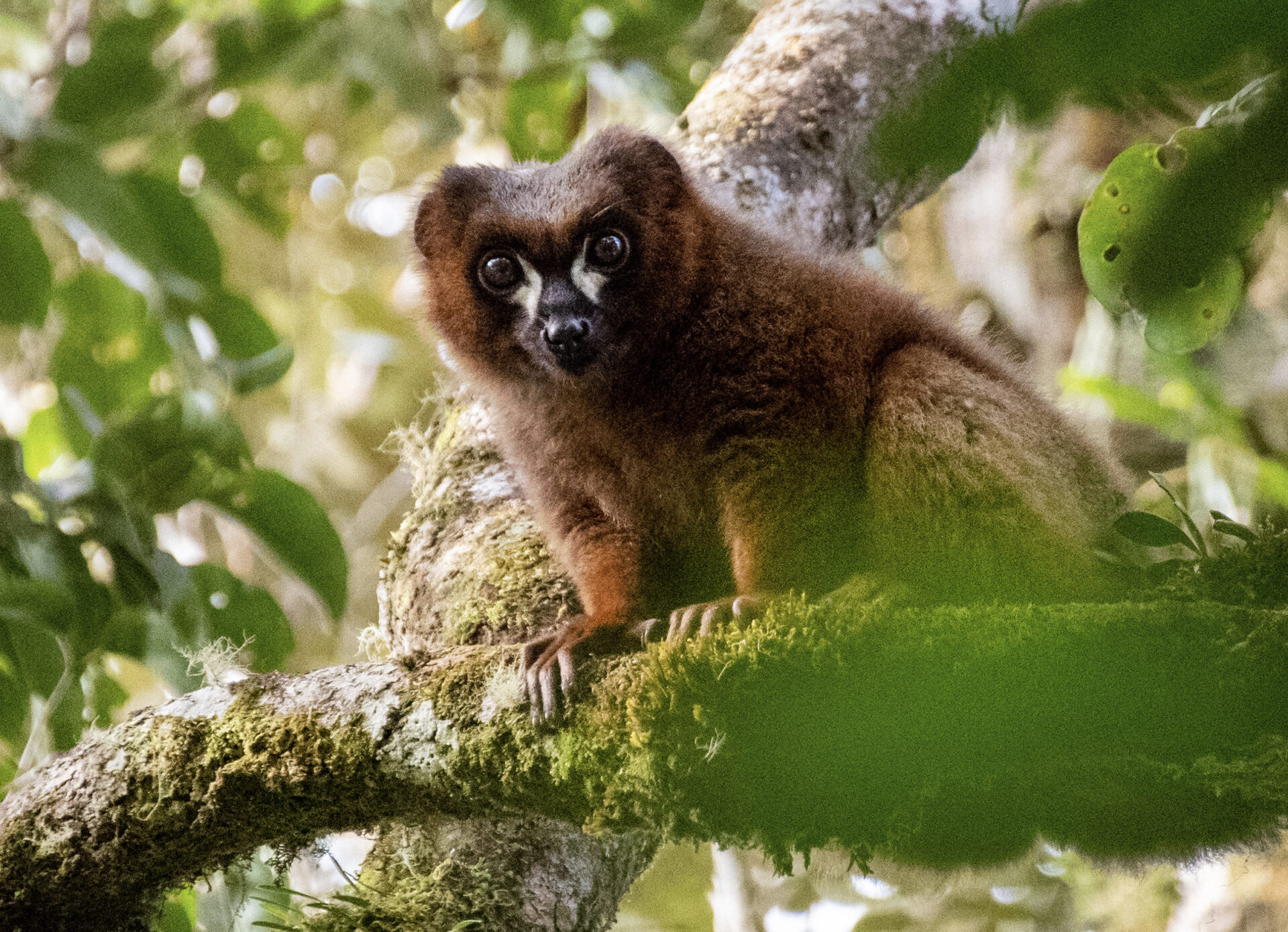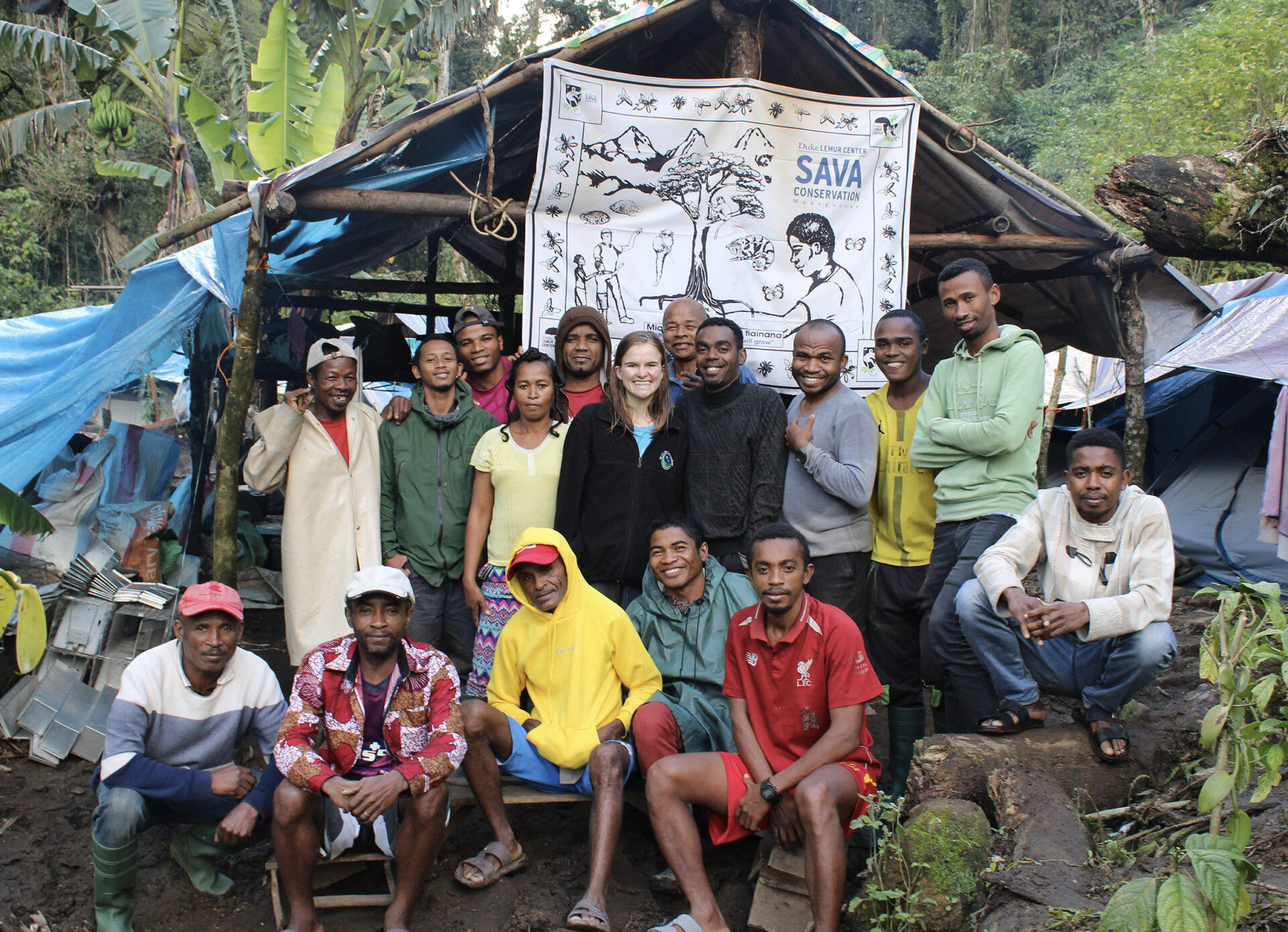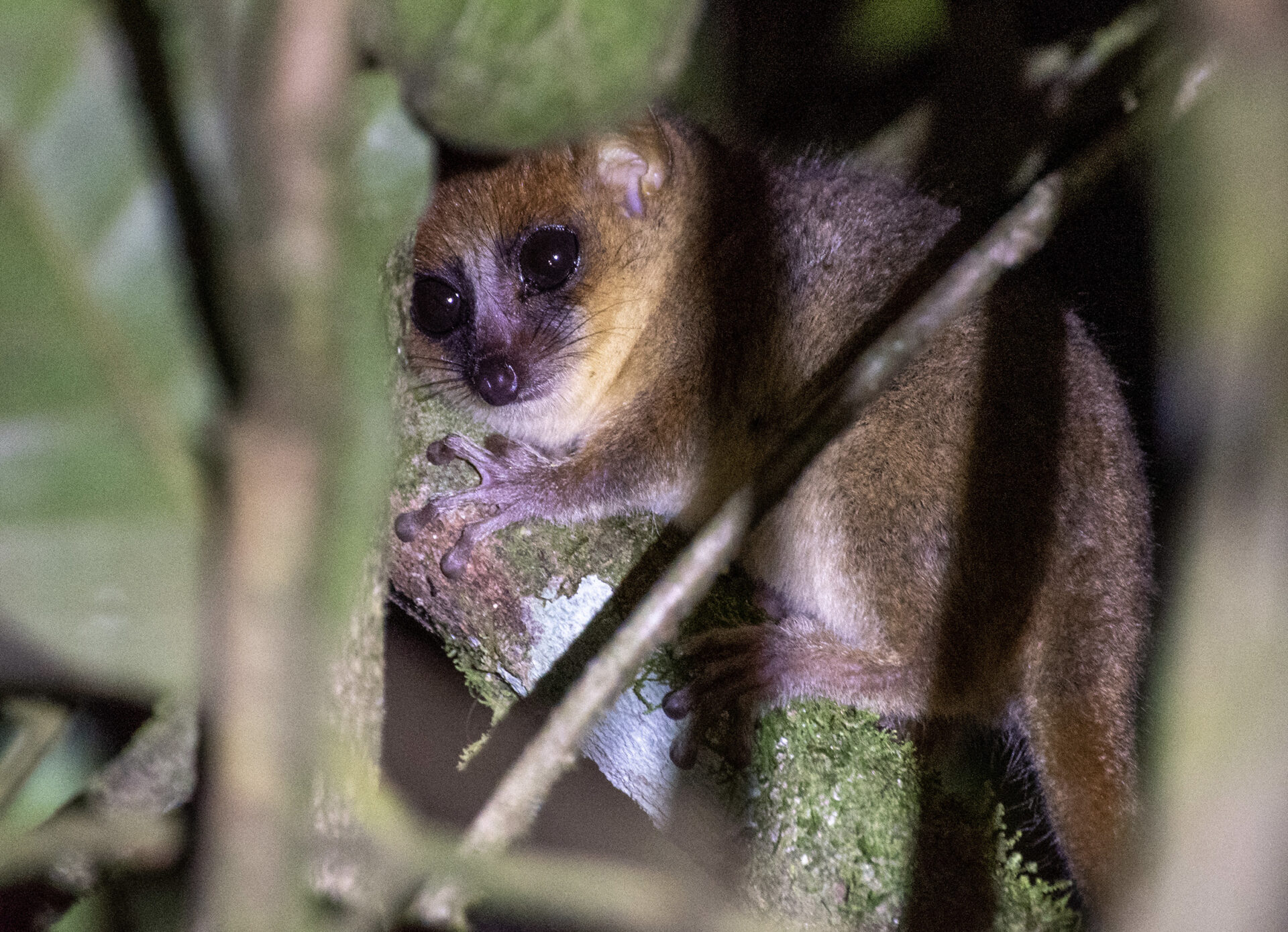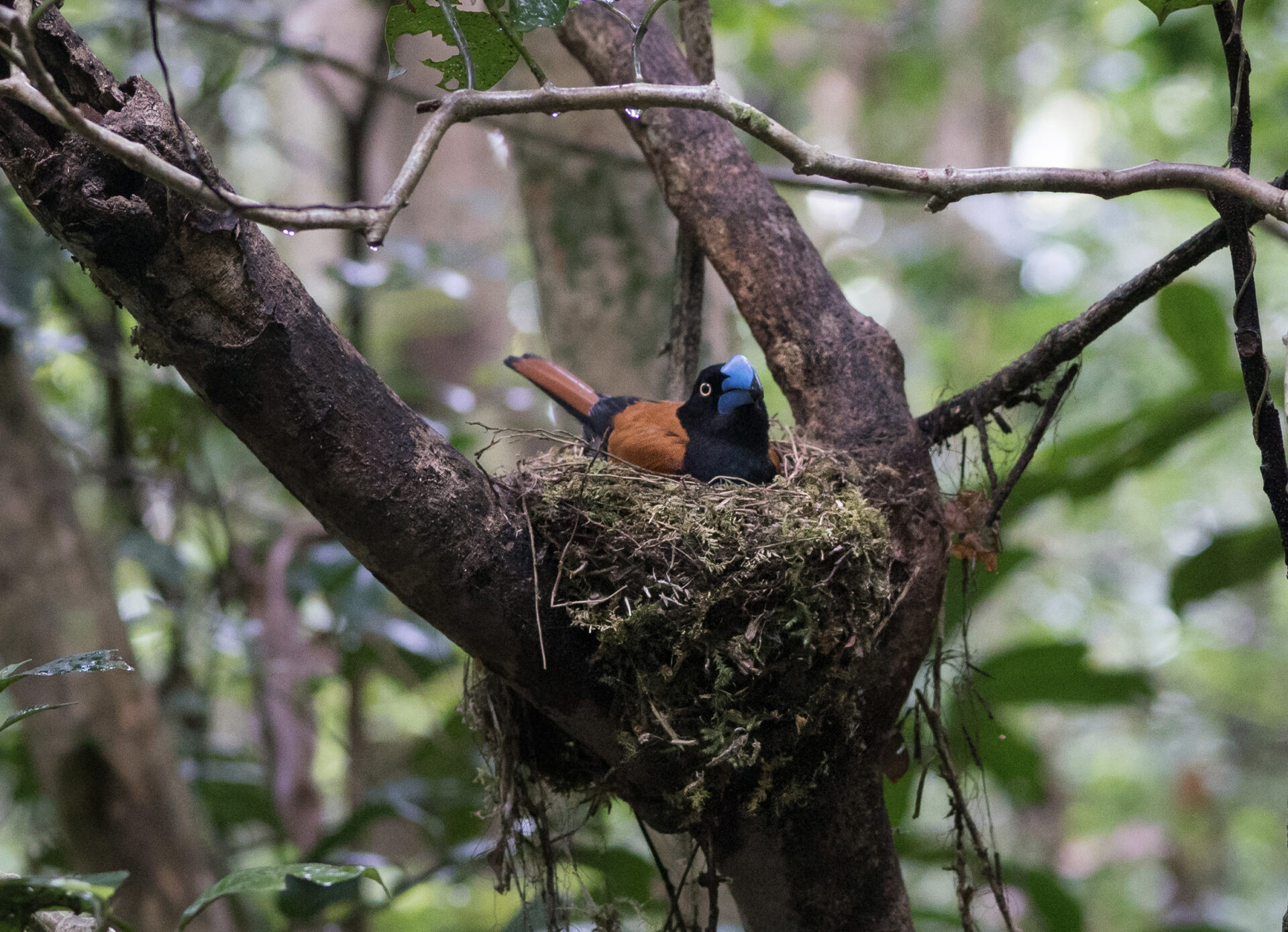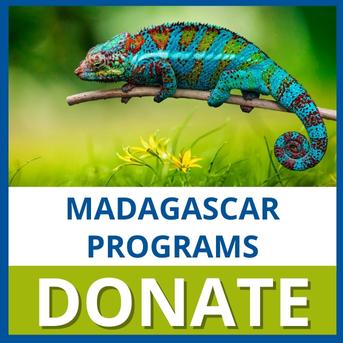DLC-SAVA Conservation collaborates with multiple institutions to conduct high-caliber research on social-ecological systems. The SAVA region has some of the largest remaining forests in Madagascar, and spans environmental gradients from coastal to montane as well as humid to dry forests and grasslands. Mangrove patches and coral reefs are scattered along the shores, and stunningly diverse agroecosystems create a mosaic landscape. It is also home to diverse people, including multiple ethnolinguistic groups from around Madagascar and multinationals with a rich history and culture.
Lemurs of the SAVA and Threats to Viability
Partnering with Duke and Malagasy scientists, as well as the local forest managers, we are studying lemurs in remote forests. Researchers from the University of the SAVA are studying the diversity and abundance of lemurs throughout 200,000+ acres of rainforest to understand how many of these Critically Endangered species remain. We are particularly focusing on the silky sifaka (Propithecus candidus) because it is a highly threatened flagship species that only persists in some of the most pristine montane rainforests.
In addition to studying ecology and diversity, the team is also studying the threats to those lemur communities. Based on field surveys, the frequency of human threats to the environment are increasing, including hunting, logging, and clear-cutting forest. The Malagasy team conducts focus groups with the communities to understand the socio-economic and cultural reasons behind natural resource use. Coupled with environmental education and outreach campaigns, we share the value of nature for people and the environment. We partner closely with the local forest managers to develop strategic action plans that can allow for sustainable development and improving local livelihoods, while also decreasing pressures on natural resources and conserving lemurs and their habitats.
Is Soil Health Linked to Human Health?
The transformation of natural environments not only threatens biodiversity, but also the ecosystem services crucial to human health. In a consortium of interdisciplinary scientists, DLC-SAVA Conservation leads a planetary health project that combines research and intervention to increase the sustainability and health of farmers in the region. Specifically, we are investigating the links among soil health, agricultural practices, diet and food security, socioeconomics, and health in rural populations. We study the effects of farming practices on soil health via physical, chemical, and biological analyses. In turn, data on diets and population health are allowing us to understand how food insecurity and micronutrient deficiencies are related to malnutrition. We conduct interventions to teach about agroecology methods that improve soil health, as well as cooking classes on nutritious balanced diets that improve human health.
In 2019, DLC-SAVA initiated workshops on agroecology with farming communities in the SAVA region. We have continued training workshops and monthly follow-ups with our participants, recording as they begin to adopt the techniques they practiced in the workshops. After each year, we evaluate if implementing agroecology techniques is linked to increasing soil health, improved yields of nutritious crops, improved diets, and ultimately better human health.
Thus far, we find that food security is a significant issue in the region, with over 70% of interviewed respondents reporting periods during the year when there is not enough food for the household. The reasons include small land sizes, and low harvests of food crops like rice, and cash crops like vanilla. Food insecurity is also linked to household size; larger households have higher food insecurity, but those families with larger land holdings have lower food insecurity. These analyses are on-going, and contributing to addressing multiple threats to sustainability in the region.
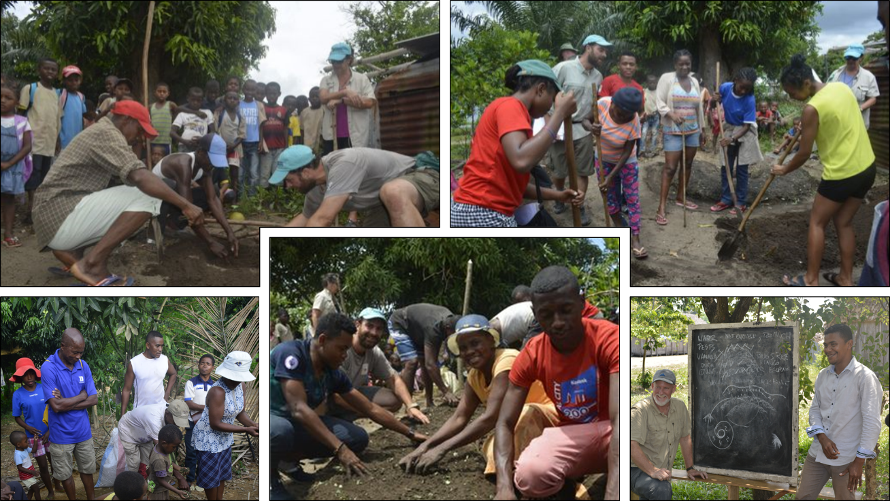
DLC-SAVA’s new research project combines data collection through interviews, and training workshops in agroecology. We will host more workshops to increase the diversity of skills farmers have for improving their soil quality and yield. We will compare soil and human health before and after workshops to determine if adopting agroecology techniques improves the quality of soil, people’s diets, and ultimately human health.
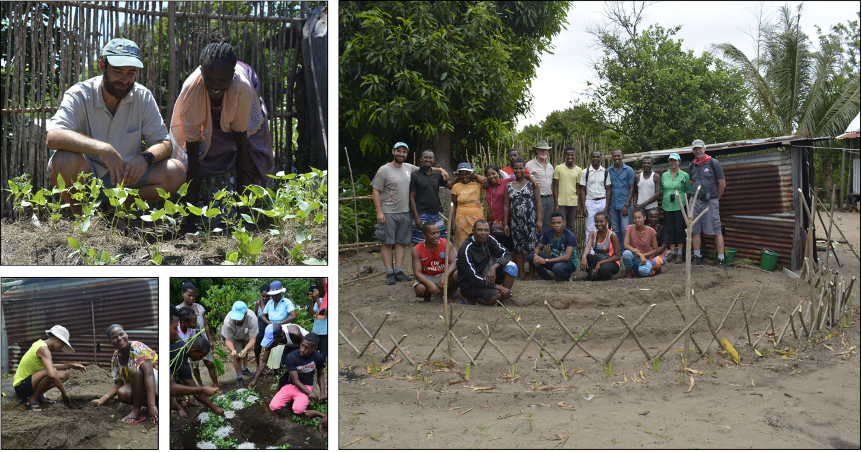
Workshops focus on improving soil health, diversifying crops, and agroforestry. Already we are seeing great results, with 50% of participants creating their own gardens and harvesting nutritious crops like beans, greens, and squash.
One Health in SAVA
One Health is the study of human health and how it relates to the environment, other animals, and plants. DLC-SAVA collaborates with researchers Charles Nunn and Randy Kramer from Duke University to study the effects of land use on disease dynamics. DLC-SAVA Program Coordinator Dr. James Herrera led this project between 2017-2019, investigating the infectious diseases of mammals in the region and how the transmission of disease can be related to land use and deforestation. This project has been supported by numerous grants from Duke, including Bass Connections, as well as the US National Institute of Health and National Science Foundation. You can read more about this work at the Bass Connections page and in our 2020 and 2018 newsletters.
Research led by a multi-institutional consortium of scientists has demonstrated multiple infectious and non-communicable diseases are potential problems in Madagascar. This work has important carry-over applications to our conservation and development interventions.
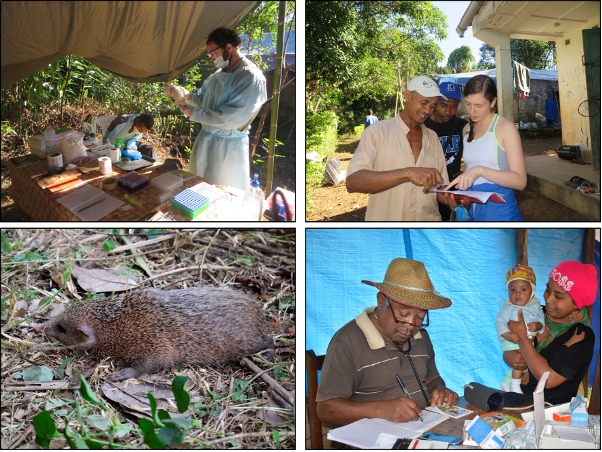
Duke researchers have been investigating the links between farmers’ land use, changes to animal populations, and the effects on infectious diseases. Dr. James Herrera (DLC-SAVA Director of Conservation) has led this research with Drs. Charles Nunn and Randy Kramer at Duke Global Health Institute. James and Malagasy student Tamby Ranaivoson investigated the diseases in small mammals, domestic animals, and people (top left). Small mammals include the endemic tenrec (bottom left) as well as rats and mice. Duke and Malagasy students worked together with local partners to conduct health surveys with local communities (top right). Duke also hosted a small walk-in clinic for the local communities, where Dr. Thierry could see patients, provide diagnosis and medicines (bottom right).
Landscape Restoration
Tree-based landscape restoration is one important solution to address multiple challenges in a changing world, like climate change, soil erosion, biodiversity loss, and declining agricultural productivity. We work with communities and researchers to design, implement, and evaluate restoration initiatives that benefit people and nature.
Through our collaborations with diverse place-based stakeholders, we are actively restoring over 300 acres with approaches that focus on the needs of local communities. Over the last four years, we assisted communities to plant 200,000 trees, including forest species, cash crops, timber and fruit trees that are strategically selected and use advanced best practices. We maintain and evaluate these sites, and engage the community in nurturing the return of forest on the landscape.
Our results show that success depends on multiple factors, including the tree species, site conditions, and most importantly: the level of investment by local-level actors. Though 50% of planted trees may die in the first year, we see many of the trees we planted are over 10 feet tall in just four years. We continue to improve our approaches, and are researching the keys to success.
In a partnership with researchers from Europe and Madagascar, funded by the Swiss National Science Foundation, we are researching how diverse actors use tree-based restoration for meeting local demands. Surveying over 30 different restoration initiatives by local and global actors, we are observing the varying success and how the engagement of the local actors is key to project viability.
More Information
More information and photos of DLC-SAVA activities can be found in our newsletter archive and on our video page.
Support Our Work
Please make a contribution today to support SAVA Conservation. 100% of funds for the DLC’s Madagascar Conservation Programs come from donors and grants. Thank you!

